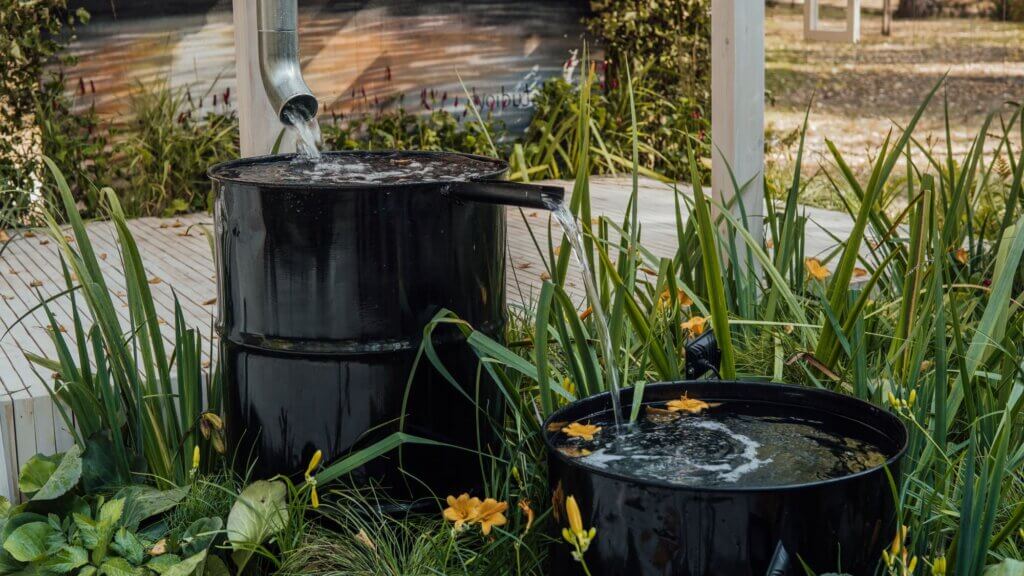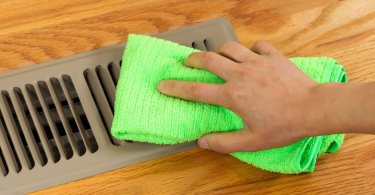Water is a precious resource—not only for humans but also for plants and animals. Water is not only a basic necessity; it’s a valuable commodity and vital for survival. Unfortunately, some parts of the world are facing a water crisis.
With the global population on the rise, water is becoming more critical than ever to conserve. Global freshwater use has been rising since the beginning of the 20th century, with the world population consuming four trillion cubic meters of fresh water every year.
Water is life, and there are three primary water-based sources available for use by humankind. These include groundwater, surface water, and rainwater. However, each has its unique qualities. In this article I will primarily focus on rainwater, how to conserve it, and its uses.

What Is Rainwater?
Rainwater is freshwater when water vapor condenses into droplets large enough to fall from clouds. The amount of rainfall on earth varies widely depending on location and season. Since rainwater is useful, especially for domestic use, it would help if you have proper methods of conserving and managing it.
How To Collect Rainwater?
There are many ways to harvest these natural resources, such as using gutters, catchments, and even buckets and jugs. The two best methods to conserve rainwater for domestic uses include the following:
1. Rainwater Tank
You can easily install a rainwater tank if you’re living in a building with a roof with a proper slope and drainage system. You may have to install gutters on the roofline and ensure they lead to a downspout connected to your tank. Once you’ve got all these covered, make sure that your rainwater tank is large enough to store abundant water.
Companies like watertankfactory.com.au specialize in manufacturing affordable, large rainwater tanks that can store up to a thousand liters of water for domestic use. This will help you have an emergency supply during dry seasons or whenever there’s a drought.
2. Rain Barrels
Rain barrels are another method to collect and conserve rainwater. This is also what I use in my own garden. They’re typically used to harvest rainwater from your roof through a downspout. Although you can save around 40 to 80 gallons of water using this method, installing a rainwater tank is much more efficient.
This is because you need to manually transfer the collected water into another container for proper storage or eventual use. However, it is a cheaper alternative, which makes it suitable if you don’t have the budget for a large rainwater tank.
Uses Of Rainwater
Collected rainwater has multiple uses around the home. Here are some of them:
1. Domestic Heating
You can use the hot water generated from rainwater for domestic heating. This is beneficial if you live in a cold region or during winter. You can also use it to warm up your house during summer. It’s a good alternative to other heating sources like gas, oil, and electricity.
You can use it to heat your home with the help of an air-to-water heat pump, an eco-friendly device that uses ambient air as its working fluid. It’s also cost-effective as it doesn’t require maintenance costs or paying for using the service provider.
2. Flushing
You can use rainwater to flush your toilet. It’s a greener alternative to using your flush, which uses a minimum of 1.6 gallons per flush. The amount increases if you think about how many times you flush your toilet a day. Even substituting a few flushes a day with rainwater can go a long way in saving money on your water bills.
3. Laundry
Using rainwater for your laundry is a great way to be both eco-friendly and cost-effective. Regular washing machines can use anywhere between 14 to 16 gallons per load, so substituting even a few loads with rainwater can decrease your overall carbon footprint. Moreover, you don’t have to worry too much about the rainwater’s cleanliness as you will be using detergent with it.
4. Watering Gardens
If you have a garden, you can use your rainwater as a source of irrigation for it. This will help keep the plants healthy and growing well. If you’re watering your garden this way, ensure there’s no chlorine or other chemicals in the water, as these could kill off any living organisms.
This is a great way to use any extra water and make your garden look beautiful. You’ll also be able to enjoy the fruits of your labor when your plants bloom and flourish.
Also read: Water-Based Air Purifiers and Ways To Use Your Dehumidifier Water.
FAQs
Is rainwater safe to drink?
No, rainwater is not safe to drink because it can be contaminated with bacteria. Rainwater is only safe to drink if it has undergone the necessary treatment. This includes water filtration and purification.
Can I use rainwater for domestic heating?
Yes, you can use rainwater for domestic heating. You need to be sure that the system in place can filter out any bacteria that may have been present in the catchment medium.
What is the best way to filter rainwater?
There are many different ways to filter rainwater. The most common types are water filtration systems, UV purifiers, reverse osmosis, water filter pitchers or jugs, and others. These will help remove any dirt and debris that may have fallen into your catchment medium when collecting rainwater. It’s also important to remember that some bacteria and microorganisms can also be present in the water, so you must properly filter your water before drinking it.
What are the benefits of using a rainwater tank?
First, it helps you save money because you’ll end up with cheaper water bills. Second, recycling water for household use is a great way to help reduce your environmental footprint.
How long does it take for a water tank to fill with rainwater?
It depends on the size of your water tank and how much rain is falling. If it’s not raining hard or if you have a smaller tank, it could take days or hours to fill up completely.
Conclusion
Rainwater is a great water source for your home, especially if you want to save money on your water bills or incorporate more eco-friendly practices. While making rainwater potable requires a few more steps, there are other ways to make use of rainwater in your home, such as domestic heating, flushing, washing your laundry, and watering your gardens.
You can start by using a rain barrel with a downspout from your roof. But if you have enough budget and space in your home, a rainwater tank can make the collection process much easier for you.





Leave a Comment